Written by Laura Cook, BIRD Program Coordinator
What does fall mean to you?
Shifting light, brilliant blue skies, monarch chrysalis, blooming frostweed, and hungry hummingbirds – and for me, fall bird migration!
One of my very first memories of fall was when I was maybe 4 years old, standing in the backyard wrapped up in a blanket, my dad wearing his hunter red flannel jacket and his favorite, funky, 70’s brown and green wool hat. It was a chilly autumn evening and he had brought me outside to watch the Canada Geese fly in from their day of foraging, fleeing the surrounding farm fields to spend the night in the protection of the marsh behind our home.
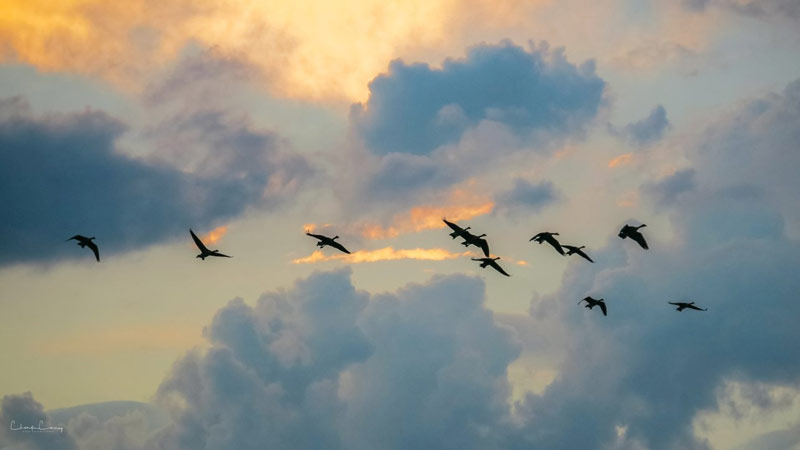
To be clear, this wasn’t just a few geese but thousands of geese flying just over our head. They were incredibly loud and flying so low – just above the treetops! Some of them were doing this crazy, flipping, twirly maneuver, as if they were happy to see us, happy to be going to bed soon.
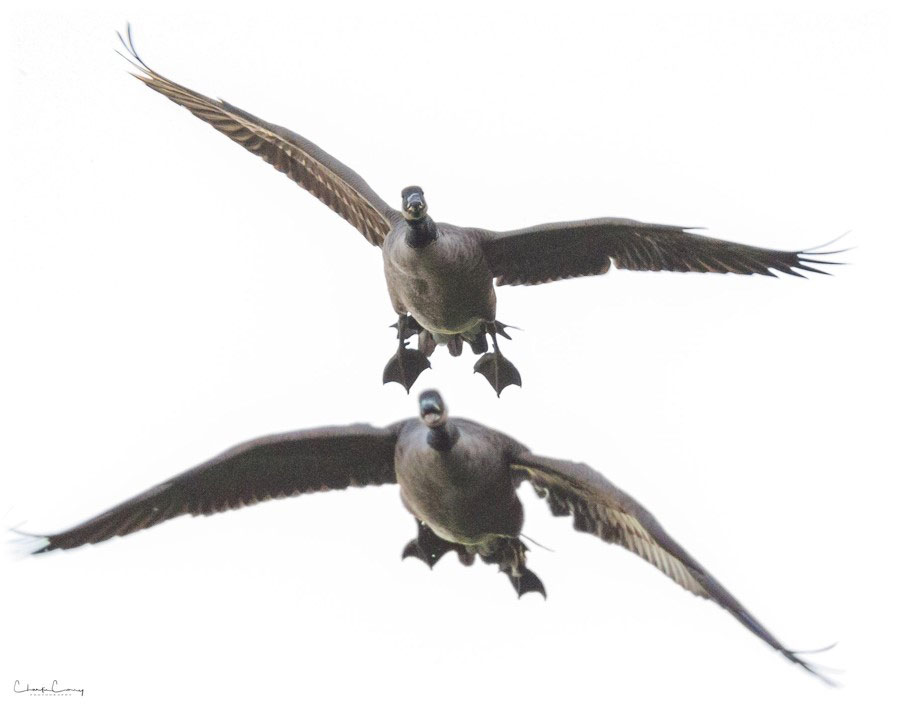
My dad told me this amazing spectacle would only last for a brief time before the geese and so many of our other summer birds would be gone, migrating south to escape those brutal New York winters. In part, this was a special father-daughter moment I will cherish for a long time. This experience also made a huge impression on me and the way I see the world.
I was hooked. Where did they go? Why did they go? When would they return? I had so many questions!
Fall Migration in Tennessee
I have since come to learn that here in Middle Tennessee, not all birds migrate. There are:
1. Permanent residents, like this Tufted Titmouse:
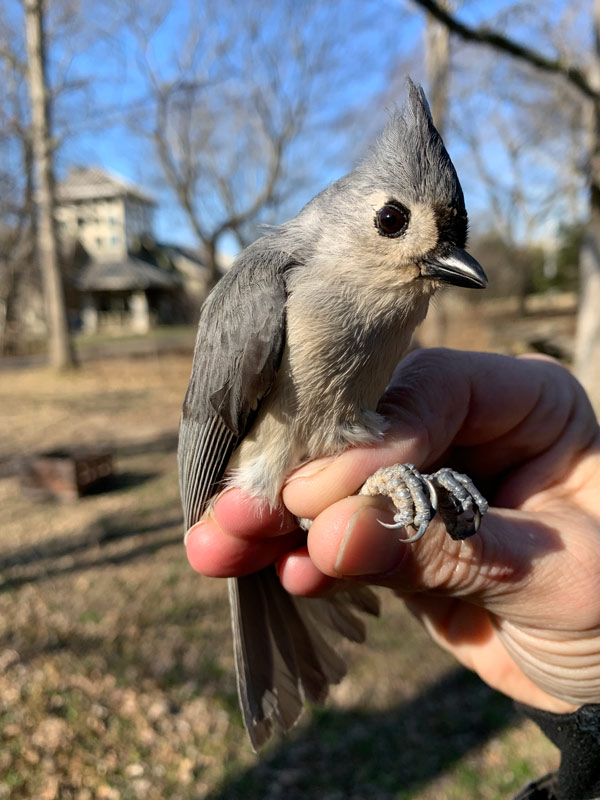
2. Winter-only residents, like this Yellow-rumped Warbler (below). Yellow-rumped Warblers breed in Canada, the northern U.S., and the Rocky Mountains, but winters here in Nashville, the southern U.S., Mexico, and Central America. It is one of the few warblers we can see during our winter months.
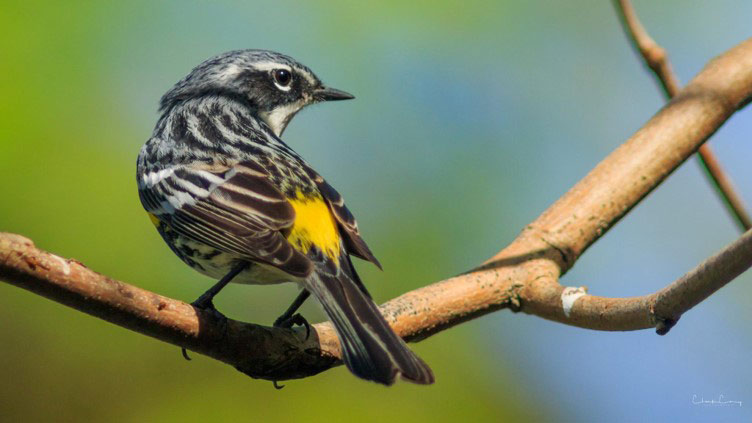
3. Summer breeding residents, like this female Summer Tanager (below). It’s worth noting that male Summer Tanagers are red!
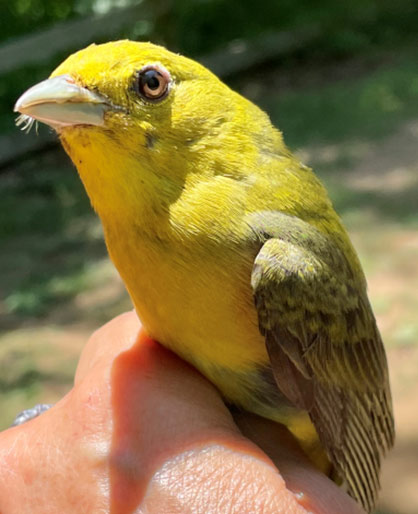
But from late July through early November, Nashville is gifted with migratory birds who are just passing through on their way from their northern, summer breeding areas to their winter residence in Mexico, Central and South America. Here are some prime examples:
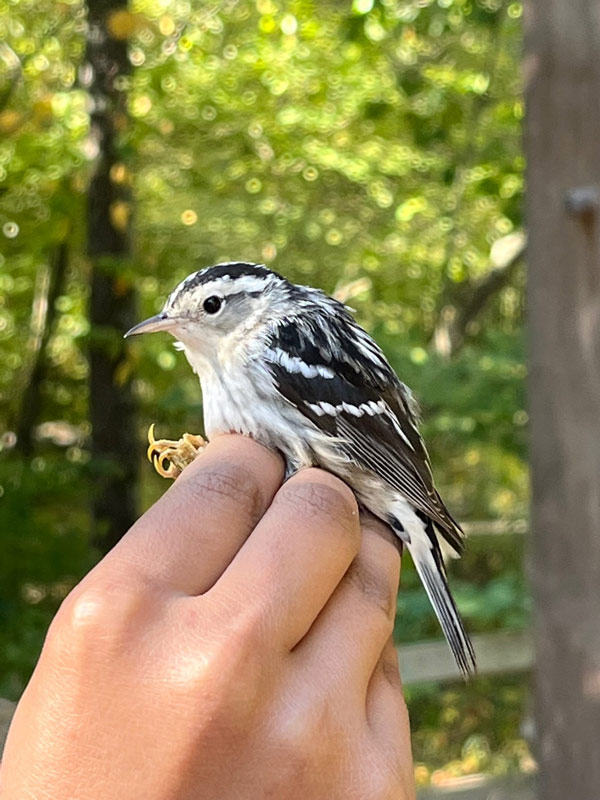
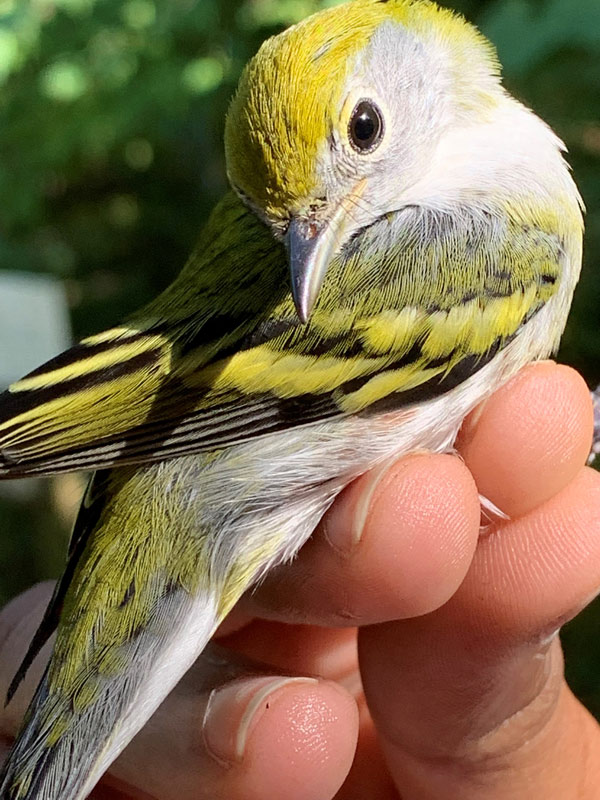
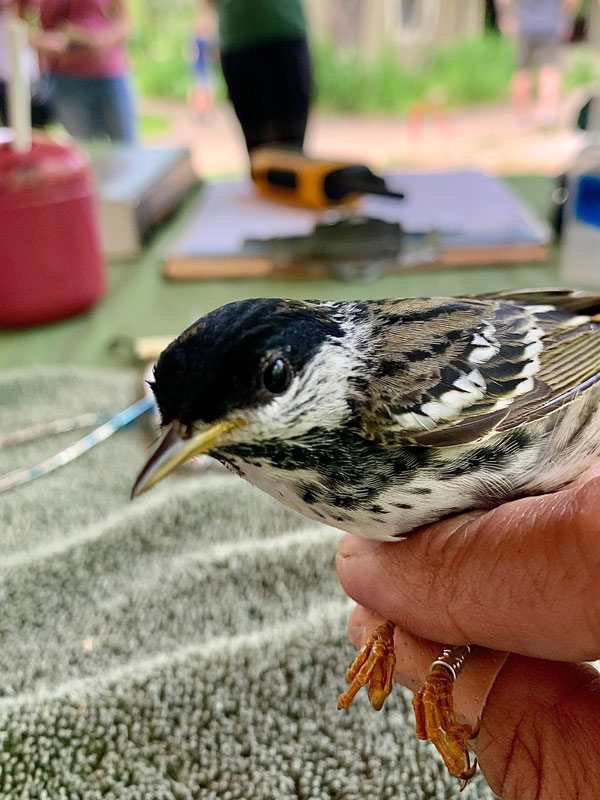
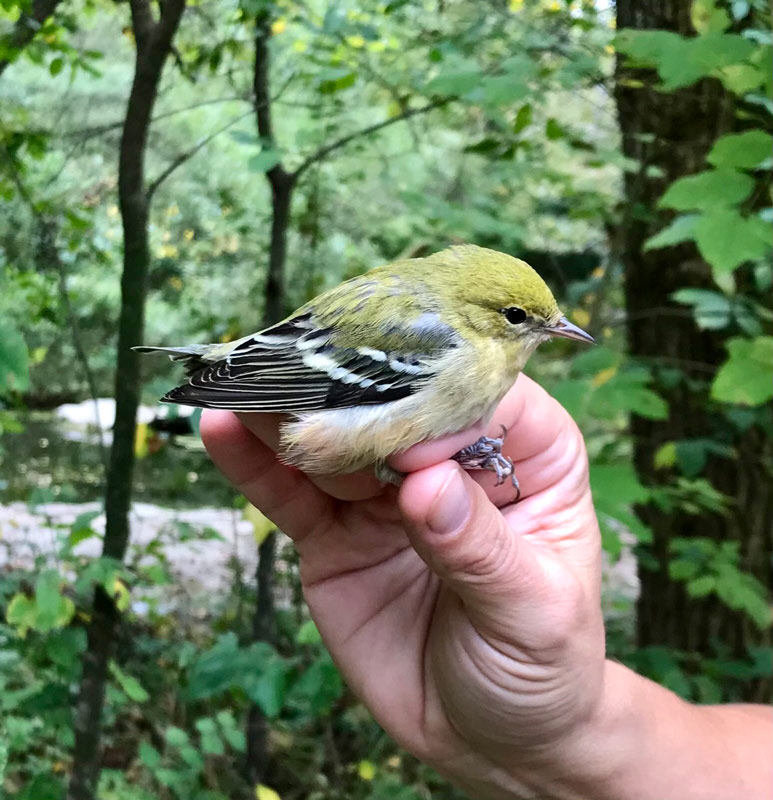
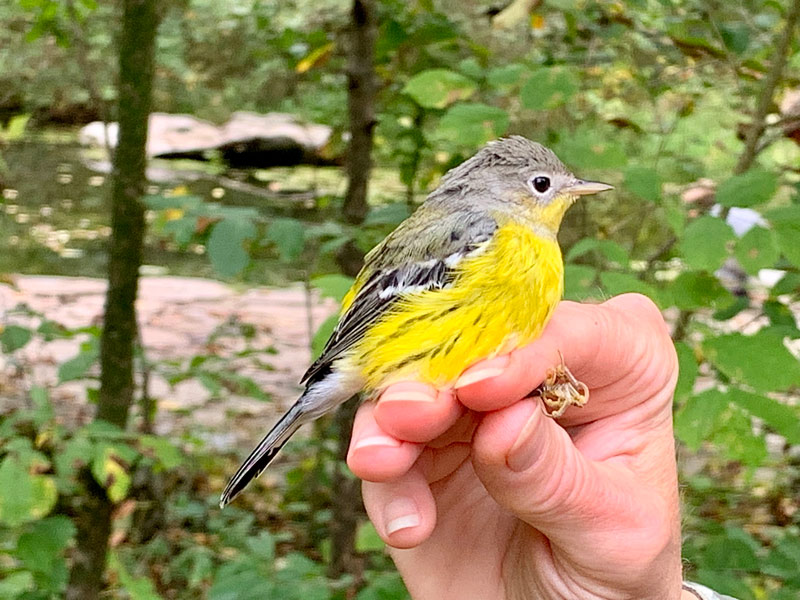
Most of these songbirds will accumulate fat reserves during the day by eating big, juicy caterpillars and then migrate through the night, often flying hundreds of miles. They navigate by using multiple cues such as magnetic sensing, position of the sun, star navigation, and perhaps even low frequency sounds like rivers and crashing waves.
We have learned from our Motus research that for some bird species, Warner Parks is an important stopover during migration – a place where they can safely rest, drink, and build their fat reserves (big caterpillars) to continue their long journey south. For example, we’ve learned that Swainson’s Thrushes typically spend about 6 days and Gray-cheeked Thrushes spend about 10 days here before they continue their migration to South America for the winter.
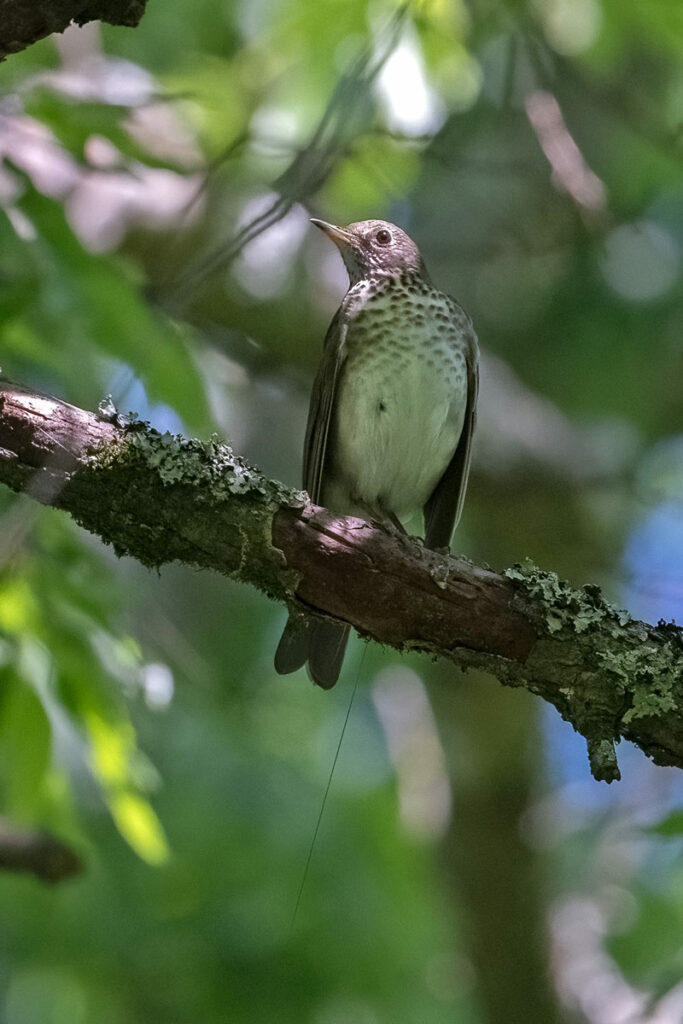
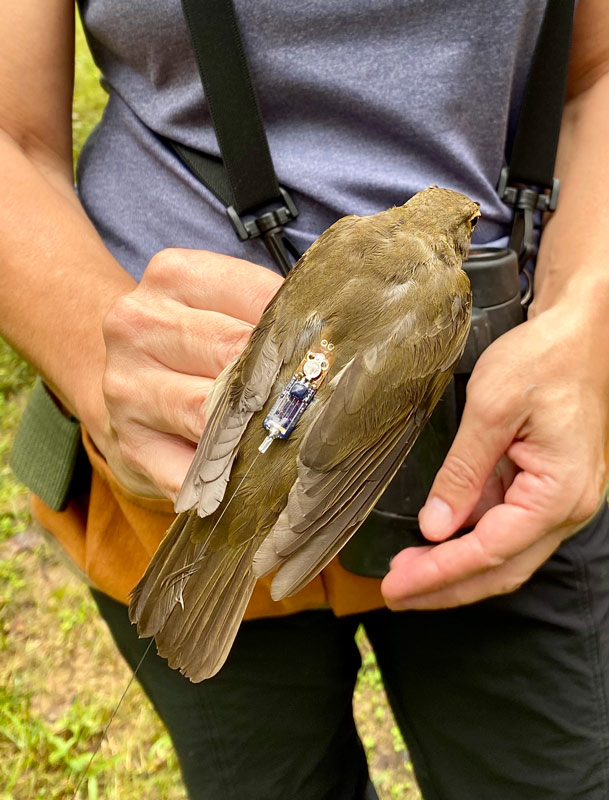
We are just beginning to understand the importance of large, well-managed urban parks like Warner Parks for migratory species, many of which have had steep population declines.
To learn more about the BIRD Program and bird migration research you can view this pre-recorded webinar, visit us at Warner Park Nature Center during one of our public bird banding sessions, or join us on an upcoming fall migration bird walk.

